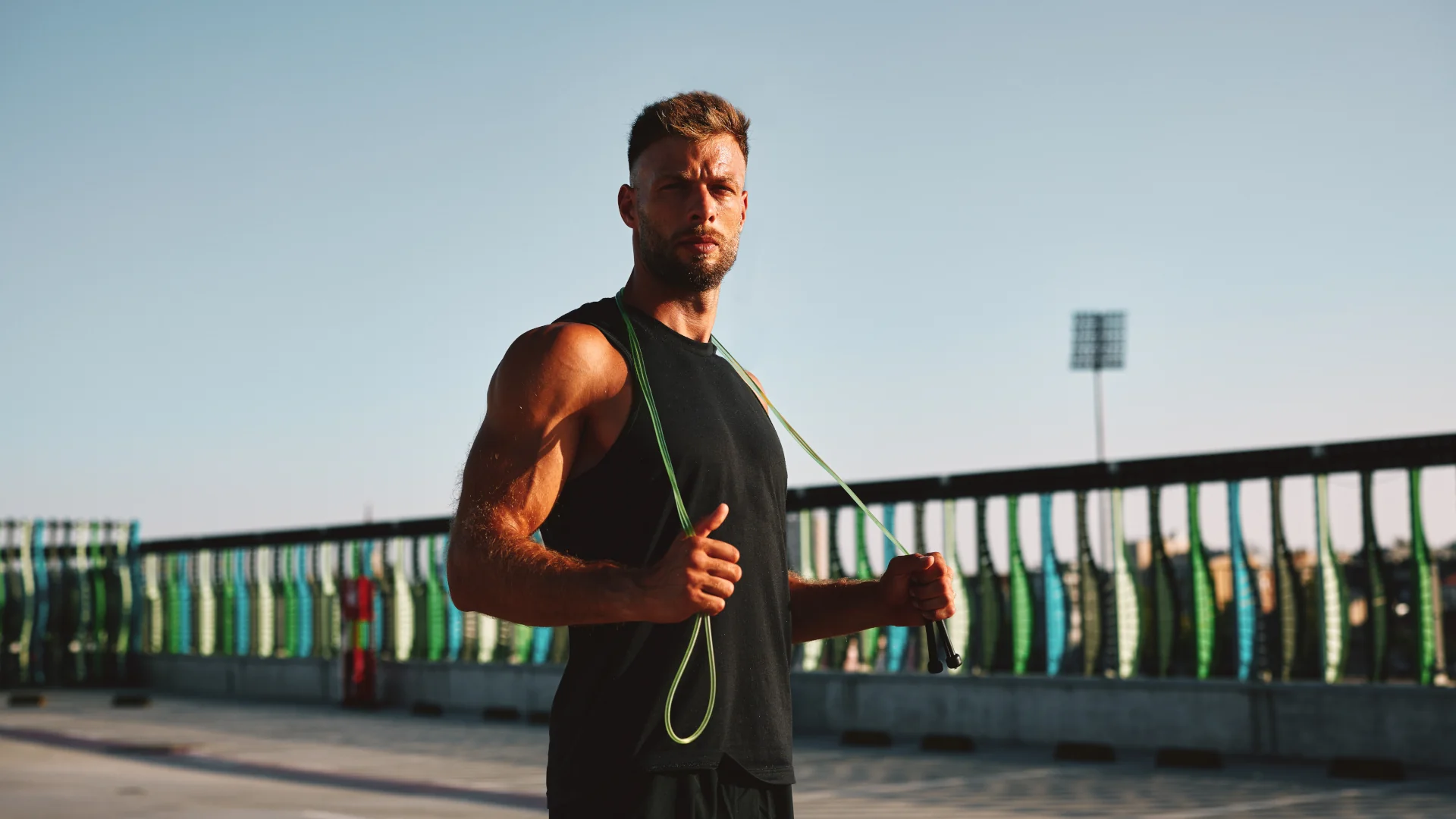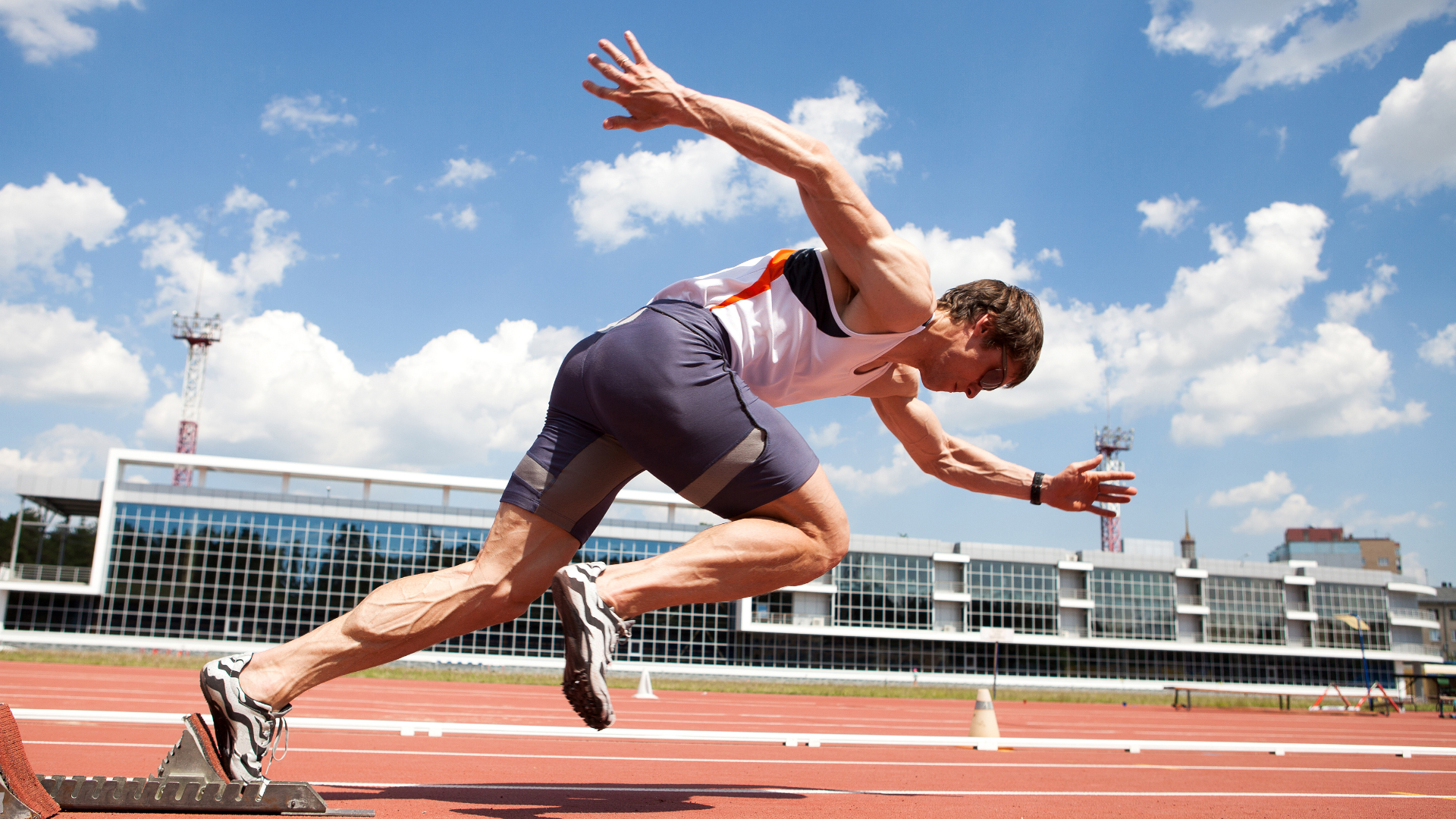Grab your cheat sheet… |
Once you get into running, it’s like an addiction (a healthy one). You want to get stronger, run for longer, and smash your PBs.
Packing in the kilometers through training is essential—but there are plenty of other things to consider if you want to improve your speed and stamina.
One of the most overlooked factors is your running gait which can play a huge part in your running progression.
So let’s get down to it and examine why your running gait is so important.
What is a running gait, exactly?
Running gait refers to the movement of your limbs during running. It’s the cycle and motions that your feet and legs go through with each stride.
There are three main phases of the running gait cycle: The stance, the swing, and pronation.
Let’s dig a little deeper.
The stance phase
This part of your running stride is the moment your foot touches the ground, the part when your foot is flat on the ground and the push off the ground that moves you forwards (a.k.a. the toe-off).
The swing phase
This part of the running gait cycle is the floating stage when both your feet are off the ground—and the swing—where your leg moves forward.
The pronation
This is how much weight you put on your foot as it hits the ground. This is the movement you make to absorb the shock of your foot hitting the ground—and not everyone’s feet hit the ground in the same way.
For example, when you buy a pair of running shoes, you should get the salesperson to check your pronation to see which part of your foot would benefit from extra cushioning.
There are three types of pronation…
Neutral Pronation
This is when your foot rolls inward about 15%, distributing weight evenly.
Overpronation
In this case, your foot will roll inward excessively. Those with overpronation are often prone to injuries.
Underpronation
This is when the foot rolls outward This movement causes additional stress on the outer edge of your foot.
So there’s a lot more to running than just trying to move forwards as quickly and as far as you can.
Now let’s look at why you should have a closer look at your gait.
Read: 6 Whey Protein Powder Smoothie Recipes For A Healthy Breakfast
The benefits of finding your running gait

There are a number of reasons why it’s a very good idea to find your running gait if you want to improve your chances of uninterrupted progress with your running.
It improves your efficiency
The more efficient you are when you run, the better pace you’ll be able to sustain. A better running gait will help your running economy which will allow you to run further in the same time with less effort.
It reduces the risk of injury
Knowing your gait will allow you to reduce the likelihood of injury. If you’re putting too much weight on one side of your foot, the impact will most likely cause an injury over time. Getting to know your running gait helps you to identify poor running form and adjust accordingly.
It will give you a better choice of running shoe
Getting a gait analysis will help you to determine the right running shoe for you. It will help you to get the right cushioning based on your running style and help to support the impact of your feet hitting the ground.
Read: 8 Cross-Training Activities To Boost Your Wellbeing
How to determine your running gait

The process of working out your own personal running gait is known as gait analysis. It’s a way of determining your arm and leg movements, and exactly how you feel when you hit the ground then you walk or run.
A gait analysis is also a means of finding any abnormalities in movement that could cause issues with your performance.
Let’s look at the best ways to find your running gait.
Look at the wear and tear on your shoes
If you’re a regular runner, you can identify how much weight you put on each side of your foot through a close examination of your shoes. If there’s too much wear and tear on the inside of your sole, you are over-pronating. If it’s on the outside—you’re under-pronating.
Try the ‘wet feet’ test
Walking on paper with wet feet is a great way to check how much weight you’re putting on each side of your feet.
If you can see a large portion of your arch, you may be over-pronating, whereas a thin outer edge can mean under-pronating.
Get someone to video you as you run
It’s unlikely that you are aware of any poor gait when you run, so getting an outside view will give you a good idea of your running motion.
The best place to take a video is behind you as you run—so you can check if your knees or feet are sticking outwards or inwards and how you land on each foot.
A sportswear shop analysis
Sports shops, in particular those that specialise in running shoes, can offer a professional analysis of your running form. They might ask you to run on a treadmill while they video you as you run.
Apart from getting to grips with your running gait, is there anything else you can do to progress with your running?
Let’s explore.
Read: Exercises That Help Build Muscle
Finding your stride: What else should you know?
So you’ve got your running gait sorted, now what else can you do to become a stronger, faster runner?
Let’s look at what you need to do to up your game and power through the finishing line.
Warm-up and cool-down
Never forget these disciplines. Starting a run without warming up is like trying to start a car on a cold morning.
You need to warm up the engine first to prepare your body for the task ahead. Some simple stretching, and running on the spot will set you up nicely, and help to avoid injury.
The cool down is important, it allows your heart rate to return to normal gradually.
Read: What To Do After A Workout
Train sensibly

Getting your mileage up is one of the most important things you can do to improve your running performance.
It’s not all about speed. Most of your training runs (around 80%) should be at a slow pace. Don’t make the mistake of going all out and running 100 km each week if you’re just starting out.
If you’re reasonably fit, you can start with a lower total distance of around 15k per week and build upwards, slowly.
Pack in the quality nutrition
You need to fuel your runs with proper nutrition, and eating “garbage” will leave you without the energy reserves you need. Your running diet should contain plenty of fruits, vegetables, and whole grains.
So, pack in the protein for strength, and carbs and fatty acids for energy.
Hydrate
Al lack of hydration, particularly on a warm day, will cause you to flag during your run. Hydrate properly before a run, and if you’re going on a long-distance effort, take a lightweight water bottle with you so you can hydrate during your session.
Try some high-intensity training
If you want to improve your strength and speed, try some interval training. Some repetitions of 10 x 400 meters, with a 400 meter rest in between is a great high-intensity workout.
This kind of training helps improve your body's ability to clear lactic acid and run faster for longer.
Lighten the load
If you’re trying for a fast time, try to go light. The more you carry with you, the slower you’re likely to travel light.
This means lightweight shoes, running gear, and try to opt for a sports watch rather than taking your mobile phone with you.
Improve your running form
Proper running form is essential to your success. The most efficient running form is when your knee is in line with your body, and your foot strikes (or foot hits) under your knee, engaging your core.
Try to practise this by running slower and using exaggerated movements.
Read: The 7 Best Snacks To Eat Before A Workout
Use quality supplements
Supplements can give you a natural boost of strength and energy, if used alongside physical exercise and a healthy, nutritional diet.
Look for…
- A pre-workout, to get your energy levels up
- A quality protein powder to help build your strength and aid recovery
- Some creatine to give you an added boost of energy when you need to push that bit harder
If you’re serious about running, it’s a good idea to get additional support from supplements to give you an added boost of energy, build strength and reduce the risk of injury.
How to run faster and stronger
Your running gait is an important part of your running as it affects your performance and injury risk.
Taking some time to analyze it will give you…
- Better running form and efficiency
- A reduced risk of injury
- The correct choice of running shoes
- Faster times
Add a healthy diet, containing energy-boosting, recovery-enhancing foods, regular hydration and a sensible training schedule into the mix—and you’ll be well on your way to faster times and longer distances.
How a supplement will supercharge your running
A supplement will help you to get to your goals more quickly. Crazy Nutrition’s Ultimate Fitness Stack will give you the full support of creatine.
Protein and a pre-train will propel you to the next level of running fitness, improving your strength, energy, and recovery. Go get some.



